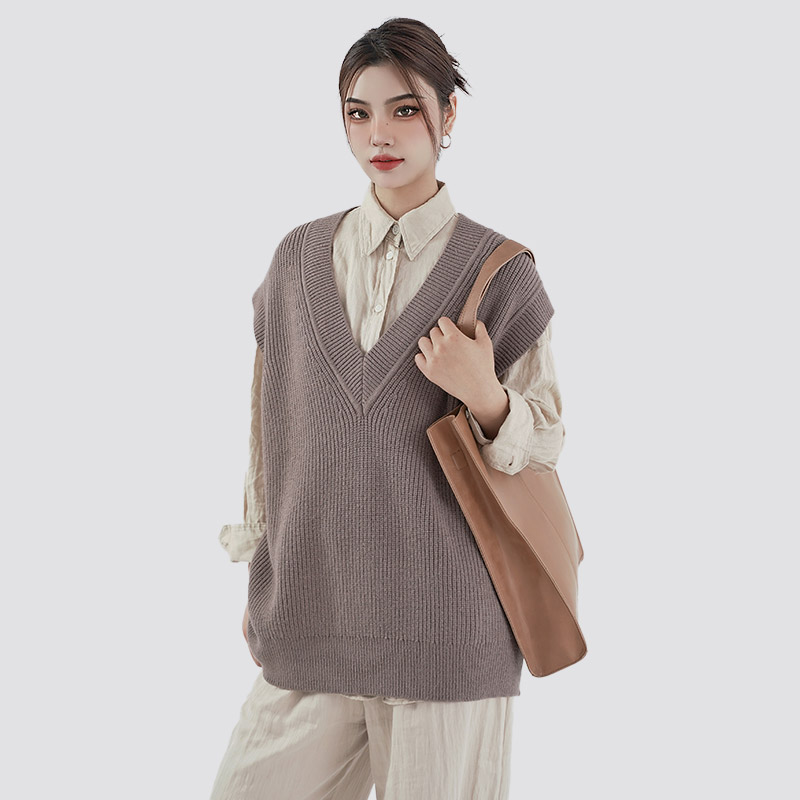What are the advantages of seamless knitting technology in modern sweater manufacturing?
Seamless Knitting Technology Transforming Modern Sweater Manufacturing
Seamless knitting technology has reshaped the way modern knitted sweaters are produced, offering enhanced comfort, precision, and manufacturing efficiency. Using advanced circular or flat knitting machines, the technology allows entire garments or large portions of them to be knitted in a single process without the need for traditional sewing or linking. This method reduces labor intensity, material waste, and production time, while improving the fit and aesthetic appeal of the final product.
Enhanced Comfort and Fit
One of the main advantages of seamless knitting lies in the superior comfort and natural fit it provides. By eliminating side seams and shoulder joints, sweaters made through seamless techniques adapt more smoothly to body contours. The absence of seam lines reduces friction against the skin and prevents deformation after multiple washes. This continuous construction also allows for strategic use of different stitch densities and yarn types to support body mapping, enhancing both flexibility and breathability.
Production Efficiency and Cost Reduction
Seamless knitting significantly streamlines production processes. Traditional cut-and-sew sweater manufacturing requires multiple steps—knitting panels, cutting, linking, and sewing—each of which demands additional labor and handling. In contrast, seamless technology integrates these stages into one continuous process. This not only reduces assembly time but also minimizes the need for skilled manual operations, improving overall production speed and cost efficiency.
Key Production Benefits
- Shorter lead times from design to finished garment.
- Reduced labor and post-processing costs.
- Less fabric waste due to precise yarn utilization.
- Lower defect rates and improved consistency.

Design Flexibility and Functional Integration
Modern seamless knitting machines enable designers to incorporate complex structures, colors, and textures directly into the fabric. This flexibility supports multi-zone knitting, allowing areas with different elasticity or thickness within the same garment. Functional yarns such as moisture-wicking, conductive, or thermal-regulating fibers can also be integrated during knitting, removing the need for secondary assembly steps. As a result, sweater manufacturers can offer diverse design options with enhanced performance characteristics.
Examples of Design Integration
| Design Feature | Purpose | Benefit in Seamless Sweaters |
| Ventilation Zones | Improved Airflow | Enhanced breathability and comfort |
| Elastic Sections | Fit Adjustment | Better mobility and body conformity |
| Color Mapping | Visual Design | Creative aesthetics without printing |
Sustainability and Waste Reduction
Sustainability is another strong advantage of seamless knitting. Since the process creates garments directly from yarns, material offcuts are virtually eliminated. This approach minimizes fabric waste, reduces the carbon footprint, and optimizes yarn consumption. Many manufacturers combine seamless technology with recycled or bio-based fibers, further improving the environmental impact of sweater production. The reduced need for sewing thread, adhesives, and excess trimming also contributes to cleaner, more efficient manufacturing lines.
Improved Durability and Product Consistency
Sweaters produced using seamless knitting technology tend to exhibit improved durability and structural integrity. Traditional seams are often the weakest points in garments, where tearing and stretching commonly occur. By removing these joints, seamless garments achieve better long-term shape retention and resilience. The uniform tension control of knitting machines also ensures higher consistency between batches, providing uniform fit and quality in large-scale production runs.
Challenges and Future Development
Despite its advantages, seamless knitting technology requires significant investment in machinery and operator training. The initial cost of advanced knitting equipment can be high, and production planning demands expertise in pattern programming. However, as technology evolves, user-friendly interfaces, 3D visualization software, and faster machine speeds are making seamless knitting more accessible. The growing demand for comfort-driven, sustainable apparel continues to drive innovation, positioning seamless knitting as a key technology in the future of sweater manufacturing.

 English
English 中文简体
中文简体 Español
Español












